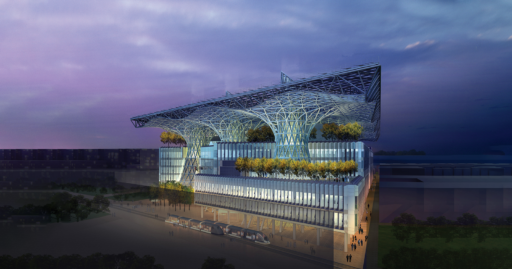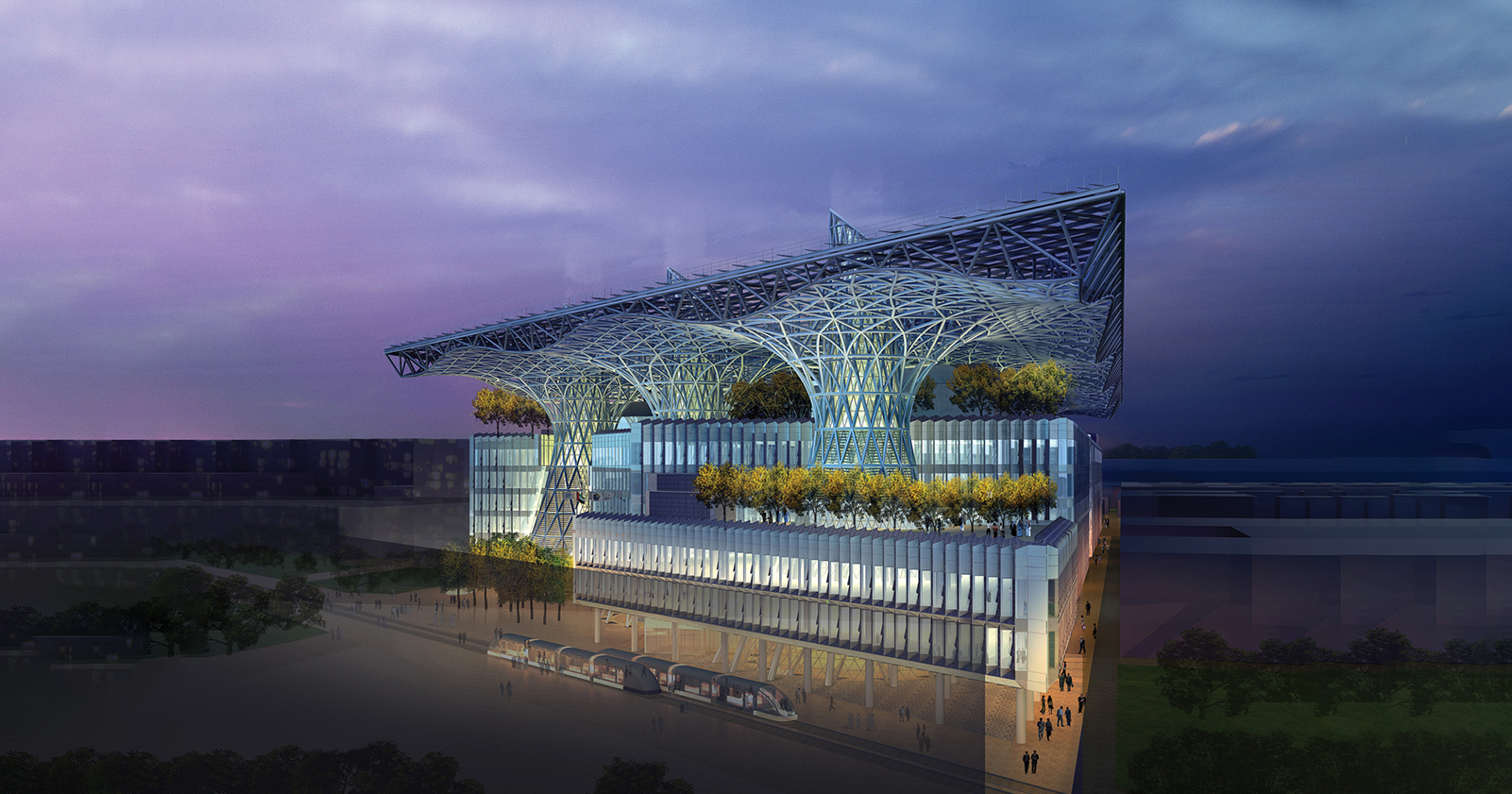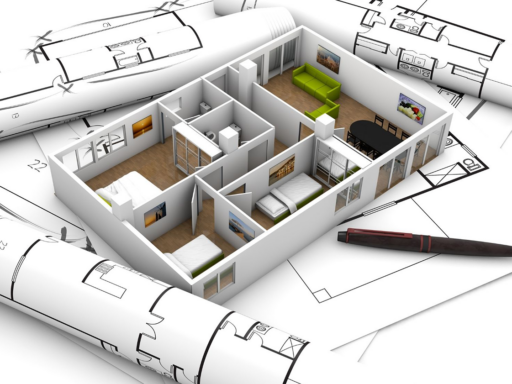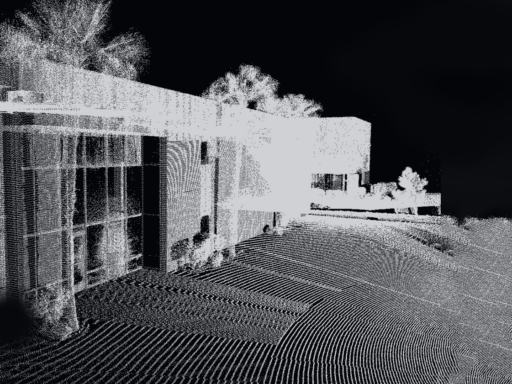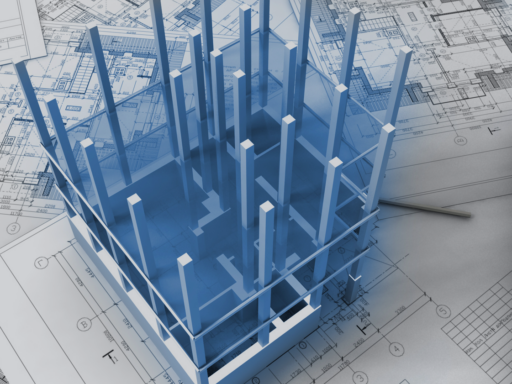Introduction
Sustainable urban mobility is an aspect of livable and equitable cities. It involves the movement of people and goods within a city and it encompasses accessibility, sustainability, safety, efficiency and equity.
Achieving sustainable urban mobility comes with challenges and this is where Building Information Modeling (BIM) comes into play, by revolutionizing the planning and design of cities.
Highlights
- Sustainable urban mobility is essential for creating livable and equitable cities.
- BIM is a powerful tool that can revolutionize the planning and design of cities.
- BIM allows for virtual testing, simulation, and optimization of sustainable infrastructure elements.
- BIM promotes collaboration, data-driven planning, and public engagement.
- Real-world examples such as Masdar City, Singapore, and London, showcase the transformative power of BIM in shaping sustainable urban mobility.
What Means a Sustainable Urban Mobility
Sustainable urban mobility means creating transportation systems that are efficient, environmentally friendly, and accessible to all members of the community. Eco-friendly transportation options such as walking, cycling, and the use of electric vehicles are essential for reducing carbon emissions and promoting cleaner air in urban areas. By incorporating smart city technologies and intelligent traffic management, sustainable urban mobility can also improve traffic flow and reduce congestion, leading to a more efficient and seamless transportation experience for residents and visitors alike.
This type of mobility is essential for creating livable and vibrant communities where people can easily access work, education, and recreational facilities without relying on personal vehicles.
The Role of BIM in Sustainable Urban Mobility
BIM or Building Information Modeling methodology allows the creation of detailed digital models of entire cities, including transportation networks, buildings, and green spaces. This empowers us to virtually test different scenarios before implementation, such as simulating the impact of new bus lanes, dedicated bike paths, or car-free zones to analyze traffic flow, emissions, and accessibility within a computer model.
How can you effectively address these challenges and develop sustainable and functional urban spaces? How can BIM software help in shaping sustainable urban mobility?
Building Information Modeling methodology goes beyond visualization by enabling the design and optimization of sustainable infrastructure elements. This includes the ability to create pedestrian-friendly streets, and bicycle-friendly intersections, and incorporate green roofs on buildings. The software provides a platform for planners to explore and implement innovative solutions to enhance sustainability and accessibility within urban environments.
By leveraging BIM, planners can collaborate, make informed decisions, and develop data-driven planning strategies based on actual usage patterns and potential impacts. This enables the integration of various transportation modes and promotes the development of sustainable urban mobility solutions that benefit the environment and the well-being of city residents.
“By effectively using BIM, we can unlock a future where our cities are designed and managed sustainably, prioritizing efficient transportation, reduced emissions, and the positive impact on both the environment and our well-being.”– Priscila Deparsia
Real-World Examples of BIM in Sustainable Urban Mobility
Real-world examples demonstrate the transformative power of BIM in shaping sustainable urban mobility.
- Masdar City in the United Arab Emirates stands as a testament to this, designed with BIM software to prioritize walkable streets, seamless public transport integration, and renewable energy sources.
- Singapore leverages BIM for planning and managing infrastructure projects, ensuring optimal resource utilization and minimal environmental impact.
- Even London embraces BIM for implementing sustainable transport solutions like cycles, subway highways, and pedestrian-friendly zones, paving the way for a greener and more accessible future.
- Another example is the use of BIM in the development of bike lanes and pedestrian-friendly urban spaces in cities like Copenhagen and Amsterdam.
These cases are just examples showcasing the transformative power of BIM in shaping more sustainable cities for all. By actively embracing and investing in sustainable solutions through collaboration between governments, businesses and individuals, we can create healthier, more equitable and livable cities for generations to come.
Lessons and Takeaways
When using BIM software in shaping sustainable urban mobility, there are lessons and takeaways that can be gained from the experience.
- The first key lesson is the importance of collaboration among stakeholders, including architects, engineers, and urban planners, to ensure that the mobility solutions are integrated seamlessly into the urban environment.
- Additionally, the use of BIM allows for the visualization of different scenarios, helping to identify potential challenges and opportunities in the design and implementation of sustainable mobility solutions.
- By leveraging BIM in shaping sustainable urban mobility, we can gain valuable insights into the impact of different design choices on the overall sustainability and efficiency of urban transportation systems.
- It allows for more informed decision-making and ultimately results in more effective and sustainable mobility solutions.
- BIM methodology can help you achieve the goal of creating more livable and environmentally friendly urban environments.
- BIM allows for the development of cities that are sustainable and also equitable and accessible for all.
- Enables the integration of sustainable solutions and promotes a positive impact on the environment and overall well-being.
By actively embracing and investing in sustainable solutions through collaboration between governments, businesses and individuals, we can create more equitable, and livable cities for generations to come.
Conclusion
Sustainable urban mobility is essential for creating livable and equitable cities. BIM plays a crucial role in shaping sustainable urban mobility by revolutionizing the planning and design of cities. It allows for virtual testing, simulation, and optimization of sustainable infrastructure elements.
BIM promotes collaboration, data-driven planning, and public engagement. Real-world examples demonstrate the transformative power of BIM in shaping sustainable urban mobility.
By actively embracing and investing in sustainable solutions through collaboration between governments, businesses, and individuals, we can create healthier, more equitable, and livable cities for generations to come.

